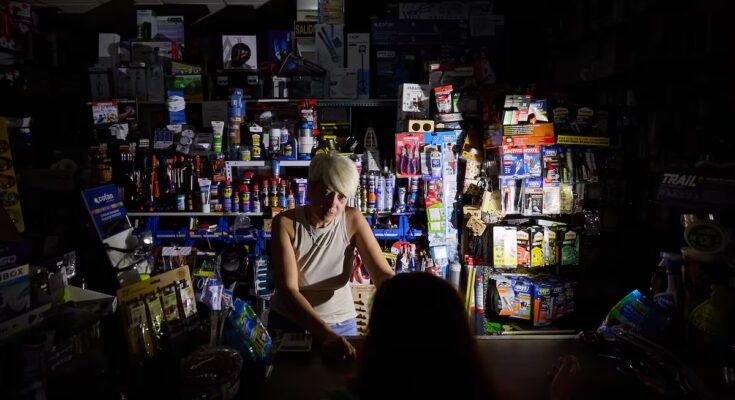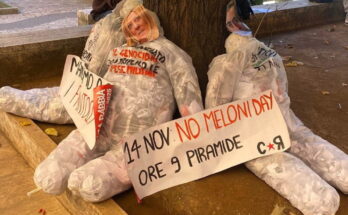The International Energy Agency (IEA) believes that the April 28 blackout in the Iberian Peninsula demonstrates that electricity safety depends not only on generation, but also on the quality of the grid’s operation and the behavior of all connected assets, as the incident was triggered by “a rapid succession of technical failures”, including the incorrect disconnection of generators, despite voltage levels having not yet exceeded established thresholds.
“The event was triggered by a rapid succession of technical failures,” the agency notes in the appendix to its ‘World Energy Outlook 2025’ report, which includes findings from ENTSO-E, the European Network of Electricity Transmission System Operators, noting that, in the minutes before the blackout, the electricity system became unstable with unusual fluctuations in voltage and power flow.
“This instability was followed by a sharp increase in voltage, as protection systems mistakenly disconnected generators absorbing reactive power, even though voltage levels had not yet exceeded thresholds established by regulation,” the IEA points out, according to Europa Press.
Therefore, as more and more plants went offline, the voltage increased further, causing “a cascade of further disconnections,” while hundreds of megawatts (MW) of smaller distributed sources went offline unexpectedly, making it even more difficult for system operators to respond.
For the IEA, the April 28 blackout “demonstrates that electrical safety in modern systems depends not only on generation, but also on the quality of network operation and the behavior of all connected assets”, which highlights the need to have binding standards requiring all generators to support the system during emergencies and to disconnect “only if clearly defined thresholds are exceeded”.
In this sense, he believes that preparedness remains essential and underlines that the rapid restoration of electricity supply in the Iberian Peninsula has been possible thanks to the solid interconnections with neighboring countries, robust emergency protocols and available black start capacity, which is why he underlines that “maintaining and strengthening these capacities is fundamental”.
Similarly, it is argued that the international attention sparked by the Iberian blackout offers the opportunity to review some common elements of the security and resilience of electricity supply as energy systems evolve.
Therefore, although electricity systems and market structures differ from country to country, the IEA identifies “four key pillars” necessary in all cases, including, first and foremost, having a robust grid infrastructure, including robust networks and regional interconnections, as it forms the basis for safe operation.
Secondly, the IEA believes that electricity system flexibility is essential to balance supply and demand, including demand response, storage and maintenance of dispatchable generation, as well as measures to ensure that markets adequately price these services.
Furthermore, technical solutions, such as synchronous capacitors or inverter-equipped batteries for grid formation, are needed to support system stability as the generation matrix evolves.
Finally, it believes it is critical to adapt operational frameworks as electricity systems transform, updating grid codes, reserve requirements, balancing mechanisms and regulatory structures to keep pace with new challenges and technologies.
“The economic costs of blackouts are very high,” the IEA summarizes, adding that examples such as this year’s blackouts in Chile in February and in April on the Iberian Peninsula, “remind us how outages can have a domino effect and affect millions of people,” so, as the share of electricity in final consumption increases and electricity systems become more complex, “the security of electricity supply becomes increasingly important.”



